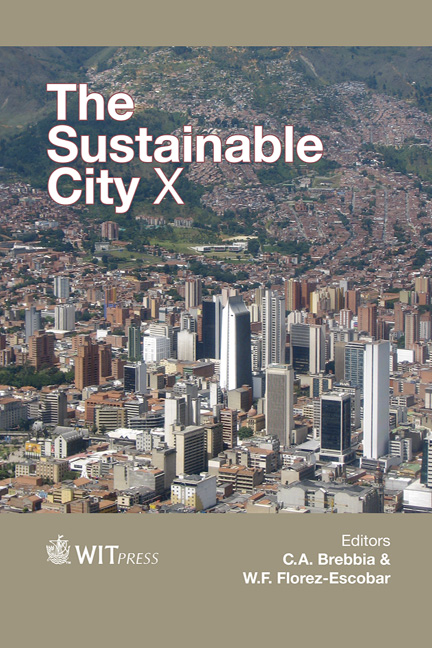Uncertainty In Resistance Models For Historic Cast-iron Columns
Price
Free (open access)
Transaction
Volume
194
Pages
10
Page Range
473 - 482
Published
2015
Size
492 kb
Paper DOI
10.2495/SC150411
Copyright
WIT Press
Author(s)
I. Brych, M. Holicky, K. Jung, M. Sykora
Abstract
Numerous processing and manufacturing mills, workshops, warehouses, bridges and other industrial buildings belong to industrial heritage. Their origin dates back to the 19th and 20th century when cast iron became a widely used construction material. It has been recognised that existing structures including cast-iron structures do not fulfil requirements of present codes of practice. A key step of reliability assessment is modelling of resistance of load-bearing members made of cast iron. The present paper investigates several empirical or physical models for resistance of historic cast-iron columns. Outcomes of the models are critically compared with experimental results obtained for solid and hollow cylindrical, and square columns from English grey cast iron. Imprecision of the models is expressed by means of model uncertainty for which appropriate probabilistic models are proposed. As tensile strength of cast iron is considerably lower than compressive strength, it dominates resistances of columns centrically loaded in compression with slenderness ratio over 60. In such cases model uncertainty can be described by a two-parameter lognormal distribution with the mean of 1.25 and coefficient of variation of 0.15. For columns with lower slenderness ratios compressive strength is decisive and the mean of model uncertainty decreases to 1.2.
Keywords
industrial heritage, cast-iron columns, reliability assessment, probabilistic methods





